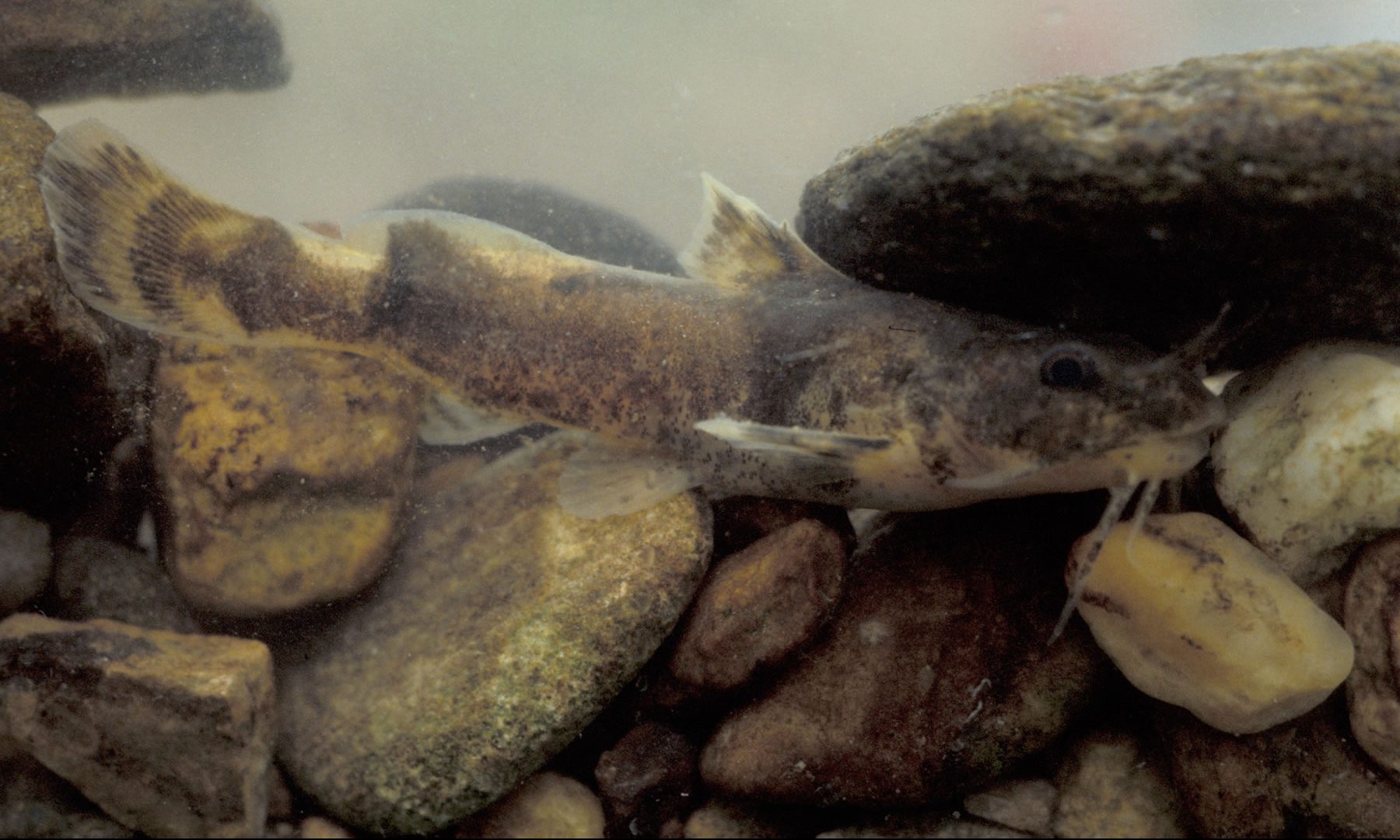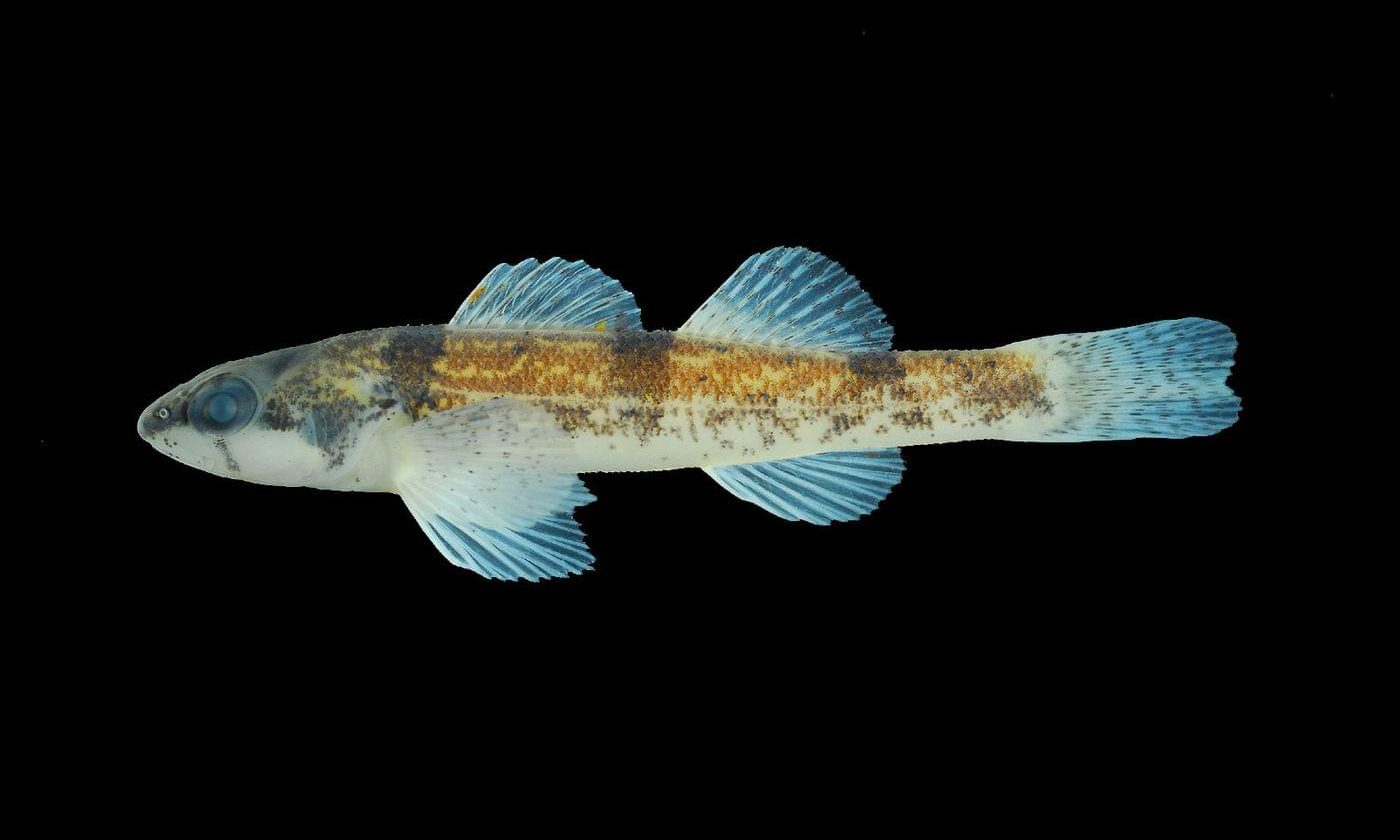By Brandon Moseley
Alabama Political Reporter
Thursday, June 1, 2017, the Alabama Department of Conservation and Natural Resources is reporting that biologists have confirmed White Nose Syndrome (WNS) in the Southeastern Bat (Myotis austroriparius) for the first time. The species joins eight other hibernating bat species in North America that are afflicted with the deadly bat fungal disease.
The diseased bat was found in Shelby County, Alabama, at Lake Purdy Corkscrew Cave, by surveyors from the Alabama Department of Conservation and Natural Resources (ADCNR) Nongame Program; US Fish and Wildlife Service (F&WS)-Alabama Ecological Services Field Office; Ecological Solutions, Inc.; and the Southeastern Cave Conservancy, Inc.
The cave is owned by the Birmingham Water Works (BWW) and is managed by the Southeastern Cave Conservancy, Inc., a nonprofit organization dedicated to protecting cave and karst environments across the Southeast through conservation, education and recreation.
The US Geological Survey laboratory confirmed that the Southeastern Bat was positive for WNS.
A fungus, Pseudogymnoascus destructans (Pd), causes WNS, which affects many, but not all bat species that come into contact with it. Of those affected, bat populations have declined by more than 90 percent.
National WNS Coordinator for the US Fish and Wildlife Service Jeremy Coleman said, “We are disappointed to find White Nose Syndrome in another species, but hopeful that the Southeastern Bat may fare better than many of its more northern cousins based on how long it took to be diagnosed with the disease. This discovery, along with the continued spread of Pd this year, reinforces the need for our continued vigilance in the face of White Nose Syndrome.”
MNS was first detected in New York in 2007. WNS is now in 31 states and five Canadian provinces.
Other species confirmed with WNS include Little Brown, Northern Long-Eared, Indiana, Eastern Small-Footed, Gray, Tricolored, Big Brown and Yuma Myotis. All the affected species eat insects and hibernate during the winter. The Northern Long-Eared Bat was designated as threatened under the federal Endangered Species Act in 2015 primarily due to the threat of WNS.
WNS was first documented in Alabama in 2012 in Jackson County, and since has been confirmed in bats in Jackson, Lawrence, Limestone, Marshall, Morgan and, now, Shelby counties. In addition to finding the diseased southeastern bat this season, the ABWG swabbed more than 100 bats statewide, adding Blount, Bibb and Madison to the list of counties where WNS fungus has been documented. Calhoun, Colbert and Lauderdale tested Pd-positive in previous years.
Bats throughout the country are dying from the dreaded WNS. The syndrome was first found in Alabama at Fern Cave National Wildlife Refuge in Jackson County.
According to the F&WS, bats with WNS may exhibit unusual behavior during cold winter months, including flying outside during the day and clustering near the entrances of caves and mines where they hibernate. Some affected caves have had sick and dying bats in unprecedented numbers.
Alabama is home to millions of bats. According to the Alabama Bat Working Group sixteen species of bats live in Alabama.
For more information visit:
www.WhiteNoseSyndrome.org

















































